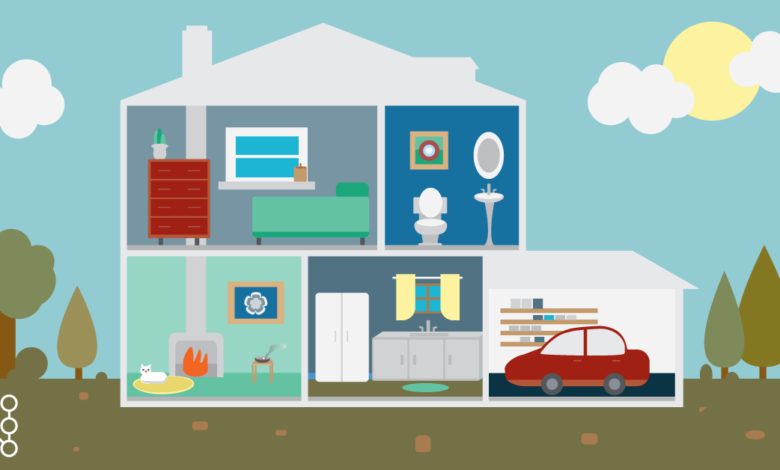How to Improve Indoor Air Quality

We spend 90% of our lives indoors, yet we rarely think about the quality of the air we breathe in these spaces. It’s believed that indoor air is safe, but this is not always the case. The truth is that indoor air pollution can be 2 to 5 times higher than outdoor pollution. That’s not it; it has serious consequences, too.
According to the WHO, indoor air pollution caused about 3.2 million deaths in 2020. This is the result of common indoor air pollutants, like dust and volatile organic compounds from household products.
Therefore, it’s essential to take steps to improve home air quality to reduce the risk of developing health issues. Here are the top seven tips to help you get started.
1. Cut Down on Obvious Pollutants
Before we learn how to improve air quality in home, it’s essential to address the causes of consistently poor air quality. Many of us don’t realize that pollutants often come from everyday items such as cleaning products, paints, and other household supplies.
That is why we should carefully bring products home. For instance, when choosing cleaning supplies, try to go for safer, non-toxic ones that do not have excess pollutants.
2. Invest in an Air Purifier
Air purifiers are a great way to improve indoor air quality, especially when you have pets, and you cannot control allergens. When looking for air purifiers, consider the ones with HEPA filters, as they tend to remove 99 percent of harmful particles from the air.
The key is to place it in the most commonly used areas of the house, like the living room. This may reduce the number of allergens significantly.
3. Change the Filters Regularly
To maintain a healthy environment, it’s essential to maintain indoor air quality requirements. One key aspect is regularly changing filters. This is particularly important if you live in a city center or somewhere with high pollution levels.
It is recommended to change the filters at least once every 12 months. But if you experience a lot of indoor pollution, you need to change it more frequently.
4. Control Humidity in Your Home
High humidity in indoor air makes the air moist and increases mold production. It significantly affects the concentration of indoor air pollutants. Ideally, your indoor relative humidity should be at 30 to 50 percent.
A tip is to keep a dehumidifier in the damp areas of your home, like a basement. Keep the kitchen, bathroom, and other such damp places well-ventilated to prevent the development of mold.
5. Improve Ventilation
Due to our heavy reliance on home heating and cooling systems, we mechanically restrict fresh air into the home. By improving ventilation, you can introduce fresh outdoor air and dilute containments. And the best part? It removes odor and carbon dioxide that are associated with restlessness and headaches.
To improve ventilation:
- Keep windows and doors open as much as possible.
- Consider using a window air conditioner with an outdoor air intake or vent.
- Install exhaust fans to remove moisture and odor.
- Keep vents unblocked by curtains or furniture.
6. Use Indoor Plants Carefully
We all know and believe that plants are nature’s natural filters, and they improve indoor air quality. A literature survey found that indoor plants can help reduce indoor air pollutants, like fine particles and VOCs. However, you need to select the plants carefully, as some species may cause more harm than good.
7. Vacuum Regularly
The most common type of pollutant found indoors is particulate matter. This typically includes a mixture of dead skin cells, pollen, dust mites, clothing fibers, microplastics, and other small particles. These particles accumulate over time, especially on carpeted floors. Carpets trap these particles more effectively than other types of flooring.
Therefore, to improve indoor air quality, it’s recommended that rugs and carpets be regularly vacuumed and cleaned. This is done to prevent dust buildup. You can also consider having a professional clean out at least once a year.
Conclusion
There are many factors that affect the quality of indoor air. Therefore, to improve indoor air quality, you need to reduce pollutants first, then move towards a combination of proper ventilation, humidity control, and regular filter changing.
Try these for a few weeks, and you will see the benefits of fresh air in home for yourself.



